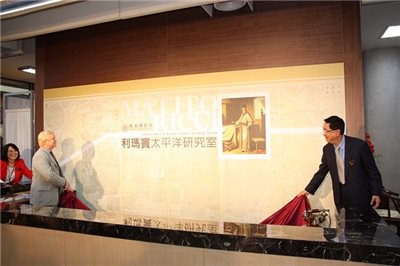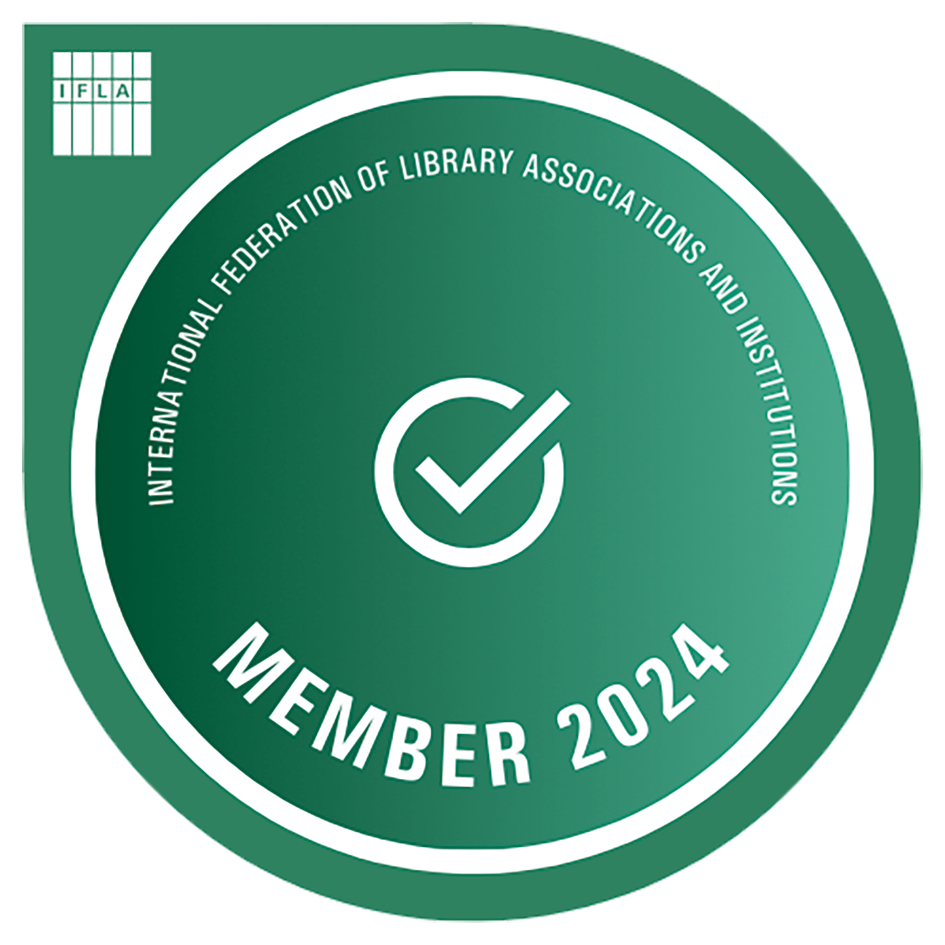News & Events
- 2010-04-16

In 1577, when the renaissance was in full bloom, the world was captivated by the beauty of Italy. A young Jesuit missionary called Matteo Ricci (1552-1610) quietly left the hustle and bustle of Rome, and finally arriving in Ming dynasty China began his journey spreading the Catholic doctrine. He had no official rank, but was able to convince those in positions of influence; he had no power, and yet influenced a reform of China’s calendrical system. Because of him, belief in the myth of the Lady in the Moon was brought to an end; because of him, significant changes occurred in the Ming dynasty worldview; and because of him sinology began to be transmitted overseas. Matteo Ricci was not just a missionary; in fact Life magazine named him as one of the 100 most important figures of the last millennium. But what was it that spurred him to forsake the beauty of Italy and choose to propagate the Catholic faith in the distant East? And how was Ricci able to use his identity as a “foreign monk” to become the “Western scholar” so respected and admired by Ming scholars? Ricci’s life was complex and eventful, his missionary career in particular breathtaking in every respect, leading us to wonder about what secret hardships he may have suffered. This year marks the 400th anniversary of Matteo Ricci. To commemorate his contribution to East-West cultural exchange and reinforce its commitment to its public service ideals, NCL and the Jesuit Taipei Ricci Institute joined hands to present a series of commemorative events. NCL Opens Matteo Ricci & Pacific Studies Reading Room The National Central Library’s mission is to help create the global environment of information society, fully preserve the nation’s cultural documents, encourage achievement and disseminate knowledge, promote lifelong learning, and work for the future of Chinese studies. On January 30 this year, the National Central Library and the Taipei Ricci Institute formally signed an academic collaboration agreement. The Institute has entrusted a collection of over 30,000 volumes to the Library for public use, representing for Taiwan’s libraries one of the proudest moments of the past ten years of international cultural exchange. In order to make the related library resources widely available to for use, serve both the public and the scholarly community, and meet the need to offer both storage and reading services, the library has established a new reading room on the 6th floor. The Matteo Ricci & Pacific Studies Reading Room houses mainly international sinological and Pacific studies-related materials, this completely new space has been designed to create an atmosphere conducive to sinological research. To celebrate the opening of the new reading room, an opening ceremony was held on the afternoon of 16 April 2010, to which the renowned Sinology scholar, Professor Nicolas Standaert of the Catholic University of Leuwen, was invited to give a talk entitled “Sino-European Displacements: The Circulation of Prints between the Europe and China” after the opening ceremony. Attendants to the opening ceremony included Ministry of Education Administrative Deputy Minister Tsai-shung Wu, Ministry of Foreign Affairs Deputy Minister Dr. Lyushun Shen, Council of Indigenous Peoples Minister Ta-Chuan Sun (Paelabang Danapan), Fr. Benoît Vermander of the Ricci Institute, Mr. Mario Palma of the Italian Trade Section- Italian Economic, Trade and Cultural Promotion Office (IETCPO), the Vatican’s representative to Taiwan, Charge D'Affaires Monsignor Paul Fitzpatrick Russell, Renlai magazine Editor in Chief, Prof. Han-sun Chiang, Solomon Islands Ambassador to Taiwan Victor S. Ngele, Interim Representative from Gambia, Mr. Bai Lamin Bojang, Nicaraguan Ambassador William Manuel Tapia Aleman, Director Hélène LY-Batallan of the French Institute in Taipei, IETCPO Trade Representative Leopoldo Sposato and his wife. In his address, Director-general Karl Min KU pointed out that “one of the great powers operating to advance civilization comes from exchange among civilizations. In the Sixteenth Century, Matteo Ricci and other Jesuits of his era turned over a brilliant new leaf in an East-West cultural exchange that has continued up to our modern globalized society, in which no one anywhere exists in cultural isolation; human societies need to view one another reciprocally as equals, and forge a new era of civilization based on mutual respect for one another.” The opening of the Matteo Ricci and Pacific Studies Reading Room is not undertaken merely in the interest of these goals; it also hopes to establish a platform for more intimate exchange relationships with Europe and the Vatican. To those interested in pursuits from Chinese studies to Pacific studies, NCL invites everyone to come and cultivate this new international, communal academic field of knowledge, together creating a new age of civilization. Documentary Screening Symposium On April 20, Gjon Kolndrekaj, the director of the documentary film “Matteo Ricci, a Jesuit in the Realm of the Dragon,” and Prof. Antonella Tulli of the Department of Italian Language and Literature at Fu Jen Catholic University have been invited to hold a symposium on the film. The Matteo Ricci Commemorative Exhibit From 17 April to 16 May, the “Matteo Ricci Commemorative Exhibit” was held, for which NCL licensed of number of previously unlicensed images of rare materials, including images of artifacts from Biblioteca Apostolica Vaticana, Curia Societatis Iesu, Pontificia Università Gregoriana, and Archivum Romanum Societatis Iesu. The Academia Sinica’s Institute of Modern History and the Fu Jen Catholic University Theology Library provided original books for exhibit, demonstrating a spirit of East-West exchange. The exhibition introduced Matteo Ricci’s life and work, which covered themes such as Ricci’s hometown Macerata and Italy, Ricci and the Society of Jesus, Ricci and sinology, Ricci’s Chinese friends, and information related to Ricci contained in Ming- and Qing-dynasty documents. Apart from this collection of rare documents, with the assistance of the Embassy of the Holy See to the ROC and the ROC’s counterpart in the Holy See, this exhibition has also been able for the very first time to obtain authorization to include images of information held in the treasured collections of the Vatican Library, the headquarters of the Society of Jesus in Rome, the Archives of the Society of Jesus, and the Pontificia Università Gregoriana, and has had the help and support of the Italian Economic, Trade and Cultural Promotion Office.
- Resources
- NEWS & Events
- ABOUT NCL
- International Cooperation and Exchange
- Services






